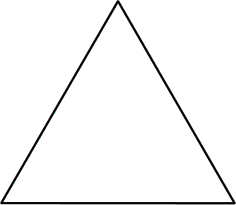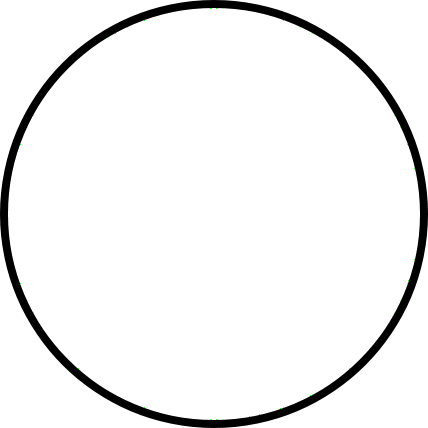21 NOV 2017 by ideonexus
 Evolutionary History Through Macro and Micro Observations
Evolutionary History Through Macro and Micro Observations
Everything in the cosmos has a history. The old dichotomy between the "historical" sciences (like geology, paleontology and evolutionary biology) and the (for want of a better term) "functional" sciences (like physics and chemistry—some would call them the "real sciences") was always supposed to be that fields like physics study dynamic processes and discover immutable laws of interaction among particles composing the cosmos—while the historical sciences study, well, history—the suppose...24 APR 2015 by ideonexus
 The Painting "Las Meninas"
The Painting "Las Meninas"
The painter is standing a little back from his canvas [1]. He is glancing at his model;
perhaps he is considering whether to add some finishing touch, though it is also possible
that the first stroke has not yet been made. The arm holding the brush is bent to the
left, towards the palette; it is motionless, for an instant, between canvas and paints. The
skilled hand is suspended in mid-air, arrested in rapt attention on the painter's gaze; and
the gaze, in return, waits upon the arrested gest...16 FEB 2015 by ideonexus
 Secular Morals in Parenting
Secular Morals in Parenting
My own ongoing research among secular Americans — as well as that of a handful of other social scientists who have only recently turned their gaze on secular culture — confirms that nonreligious family life is replete with its own sustaining moral values and enriching ethical precepts. Chief among those: rational problem solving, personal autonomy, independence of thought, avoidance of corporal punishment, a spirit of “questioning everything” and, far above all, empathy.
For secular ...Folksonomies: parenting secularism
Folksonomies: parenting secularism
24 DEC 2013 by ideonexus
 Strategic Allocation of Attention
Strategic Allocation of Attention
Instead, Mischel discovered something interesting when he studied the tiny percentage of kids who could successfully wait for the second treat. Without exception, these “high delayers” all relied on the same mental strategy: They found a way to keep themselves from thinking about the treat, directing their gaze away from the yummy marshmallow. Some covered their eyes or played hide-and-seek underneath the desks. Others sang songs from Sesame Street, or repeatedly tied their shoelaces, or ...Jonah Lehrer describes a characteristic of children who are later successful in life. They have much better self-control early in life, and they accomplish this by strategically allocating their attention elsewhere to avoid breaking the rules.
11 JUN 2012 by ideonexus
 The Dinosaur: A Poem
The Dinosaur: A Poem
Behold the mighty dinosaur,
Famous in prehistoric lore,
Not only for his power and strength
But for his intellectual length.
You will observe by these remains
The creature had two sets of brains—
One in his head (the usual place),
The other at his spinal base.
Thus he could reason 'A priori'
As well as 'A posteriori'.
No problem bothered him a bit
He made both head and tail of it.
So wise was he, so wise and solemn,
Each thought filled just a spinal column.
If one brain found the pressure s...About how dinosaurs have two brains, one in the rear (don't know if this is true or not, but I remember hearing this).
18 MAY 2012 by ideonexus
 Learning to Read Nature
Learning to Read Nature
Philosophy is written in this grand book, the universe, which stands continually open to our gaze. But the book cannot be understood unless one first learns to comprehend the language and read the letters in which it is composed. It is written in the language of mathematics, and its characters are triangles, circles, and other geometric figures without which it is humanly impossible to understand a single word of it; without these, one wanders about in a dark labyrinth. Folksonomies: education mathematics
Folksonomies: education mathematics
Written in mathematics, one must learn that language to understand science.
20 MAY 2011 by ideonexus
 Poem: Behold the Mighty Dinosaur
Poem: Behold the Mighty Dinosaur
Behold the mighty dinosaur,
Famous in prehistoric lore,
Not only for his power and strength
But for his intellectual length.
You will observe by these remains
The creature had two sets of brains -
One in his head (the usual place),
The other at his spinal base,
Thus he could reason A priori
As well as A posteriori.
No problem bothered him a bit
He made both head and tail of it.
So wise was he, so wise and solemn,
Each thought filled just a spinal column.
If one brain found the pressure strong...By Bert Leston Taylor (1866-1921).




